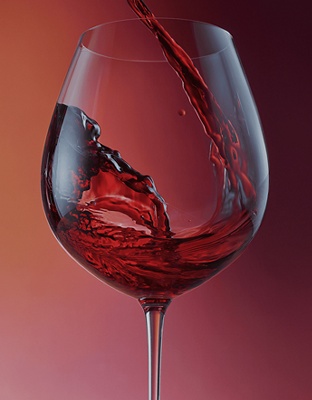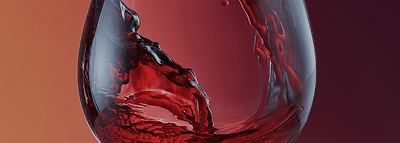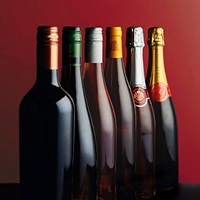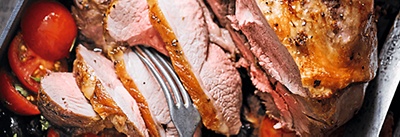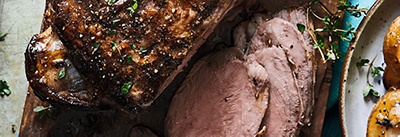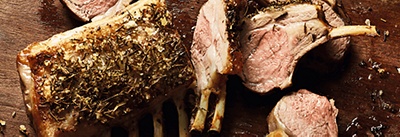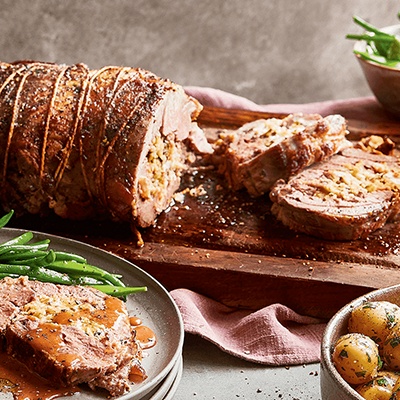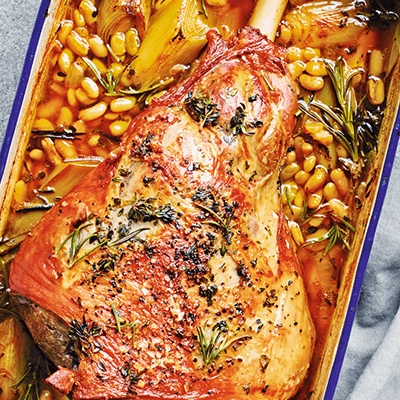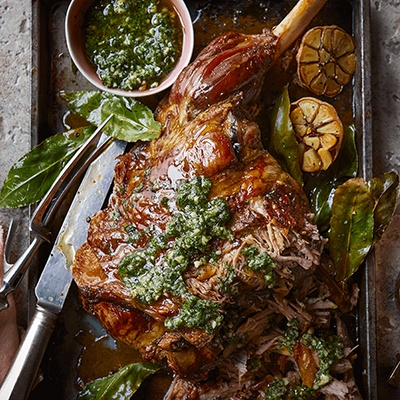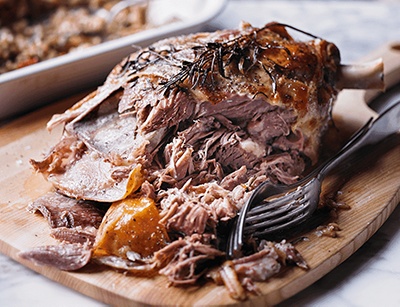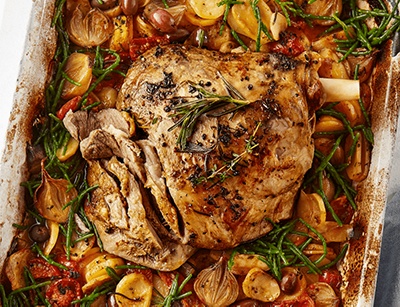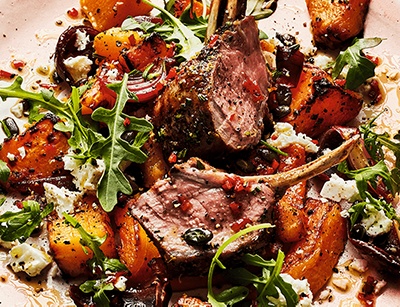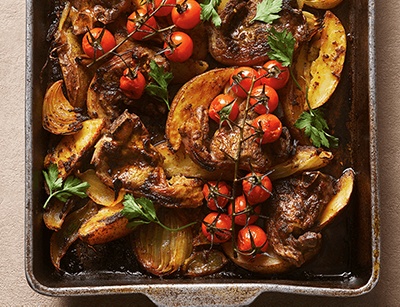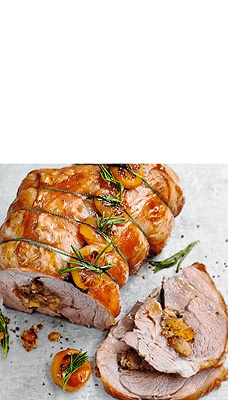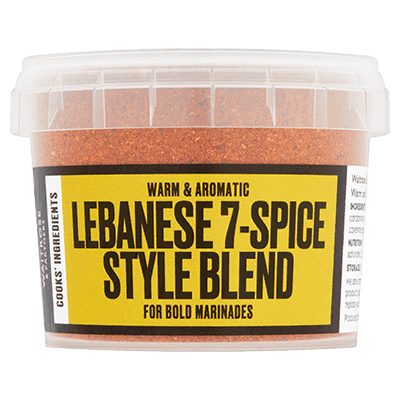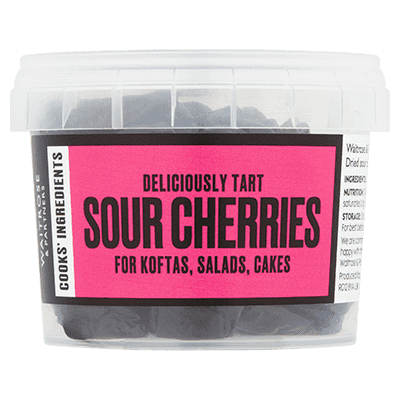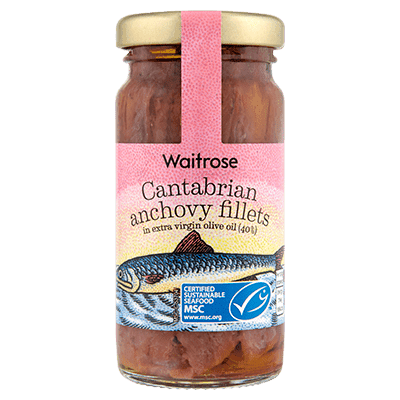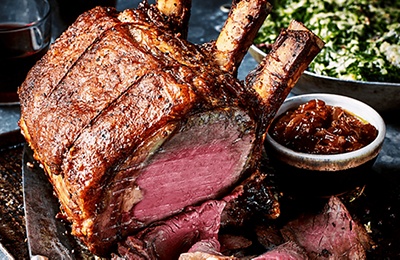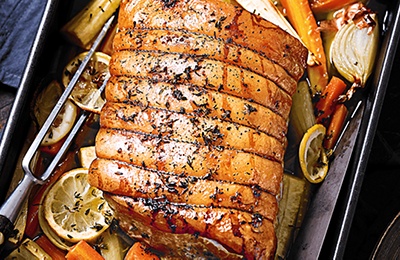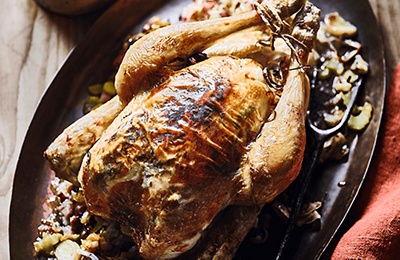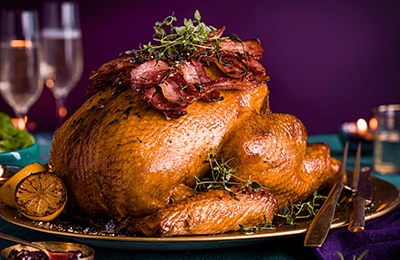


Use our expert cooking guide for the best roast lamb. From choosing the right cut to the correct cooking times, and delicious recipes to cook's tips, we've got all you need to make the most of your roast.

Roast lamb cooking times & temperatures
The perfect roast lamb
Our Cookery school star chef Alex Szrok shows how to cook the perfect roast lamb


Roast lamb recipes
Choose from our favourite ways to enjoy roast lamb

Choose the best cut
Allow 225g of meat per person – a joint for 6 should weigh between 1.5-2kg. Buy a slightly larger joint than you need if possible, as large joints tend to shrink less in the oven. You can always use up the leftovers.
Neck
Inexpensive and underrated, it’s a tougher cut that turns out beautifully when slow cooked. Try it in our roasted lamb ragù recipe.
Shoulder
Lamb shoulder is a fattier joint of meat and benefits from slow roasting at a lower temperature. It’s full of flavour and slow roasting produces a really tender result. Shoulder is also available boneless or part boned – boneless lamb shoulder is usually rolled and tied. A 2.25kg shoulder should serve 6-8 people, and if you’re cooking for a smaller crowd, a half shoulder is a good option.
Rack
A smaller cut for 2-3 people. One of the more expensive cuts, but it’s so delicious there’ll be no waste.
Loin
Located between the ribs and sirloin, the loin is the most tender part of the lamb. You can cook it as a whole roast loin or enjoy lamb loin chops, such as in this lamb rogan josh traybake.
Leg
Best for a crisp outside with a pink, juicy centre. Feed a gathering of up to 10 with a whole leg, or opt for a smaller half leg. You can buy a whole leg, bone-in, part boned or boneless. A whole leg makes an impressive centrepiece and retains flavour from the bones – a boneless leg is easier to carve. For something in the middle, you could choose a part boned leg. A whole leg of lamb usually weighs between 2–2.75kg and will serve 6-8 people. If you’re cooking for a smaller group, a half leg is a good option.
Shank
This is the bottom portion of the leg, below the knee. Known for its extremely tender meat, the shank is an impressive looking cut when served as the centrepiece. It’s a great joint for slow-cooking too and adds amazing meaty depth to stews and curries. Choose 1 lamb shank per person when cooking.

Create a stir with these alternative flavour pairings:
Cumin: aromatic and earthy, this is a great flavour pairing for lamb as its subtle sweetness cuts the meat’s richness. Try it in Lebanese style lamb & aubergine stew using Cooks’ Ingredients Lebanese 7 Style Spice Blend.
Sour cherry: the tartness of the cherries cuts through the rich meaty flavour for a wonderful balance. Try Cooks’ Ingredients Sour Cherries in sweet & spicy lamb flatbreads.
Anchovy: fish and lamb might seem an odd pairing, but the sharp saltiness is once again a wonderful contrast to the meat flavours. It also adds a great savoury depth to lamb dishes. Try Waitrose Anchovy Fillets in this roasted lamb ragù.
